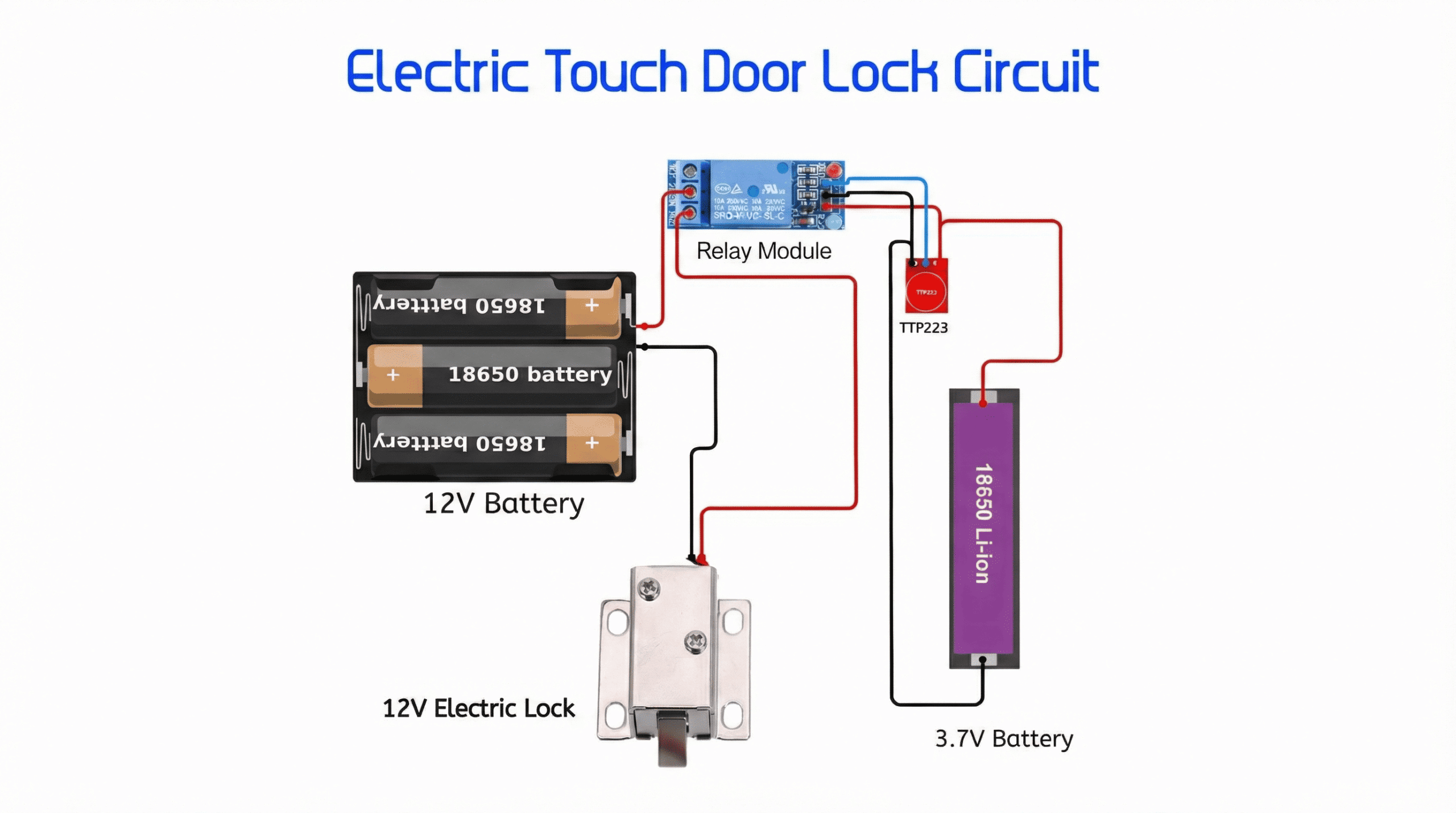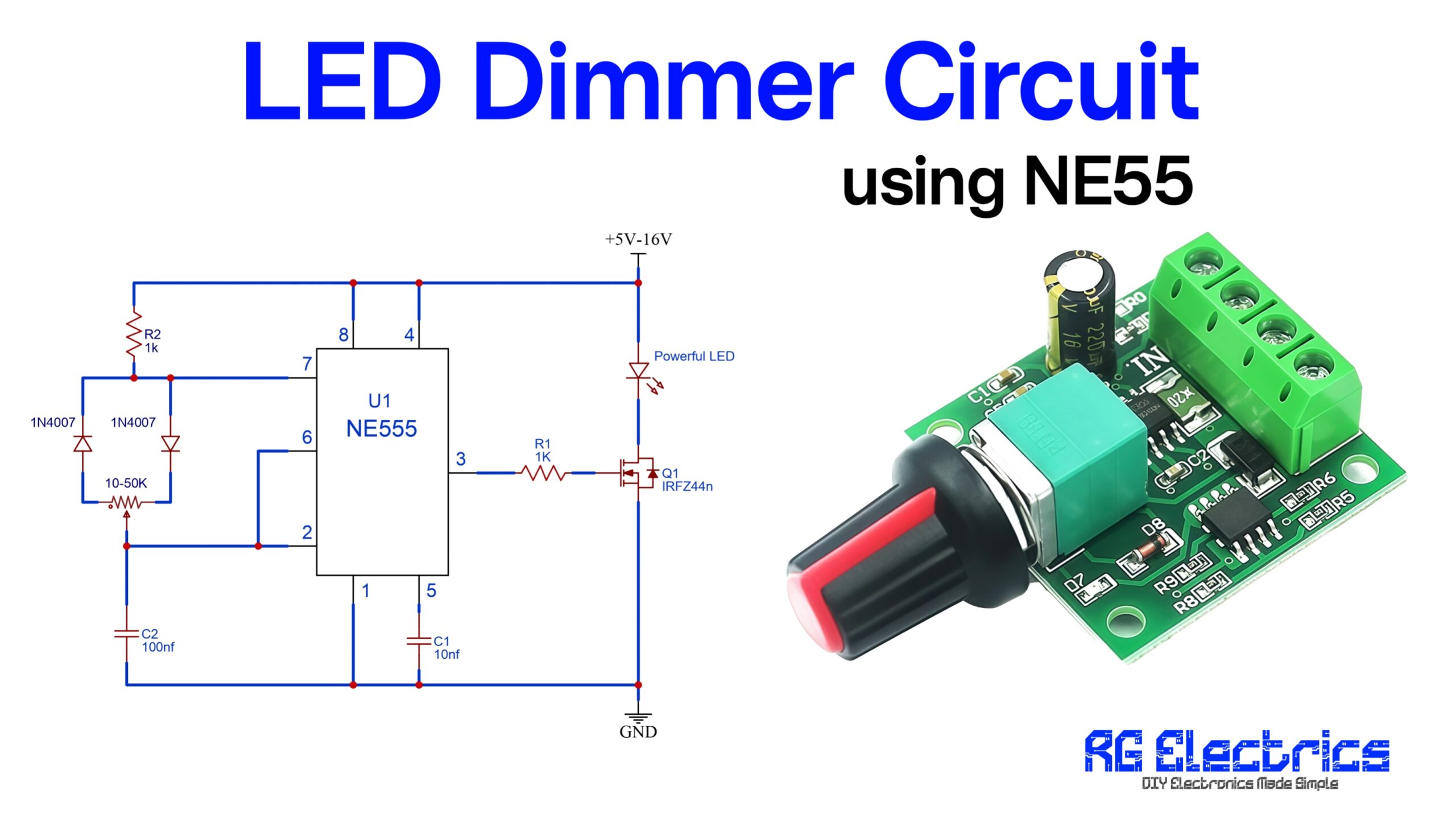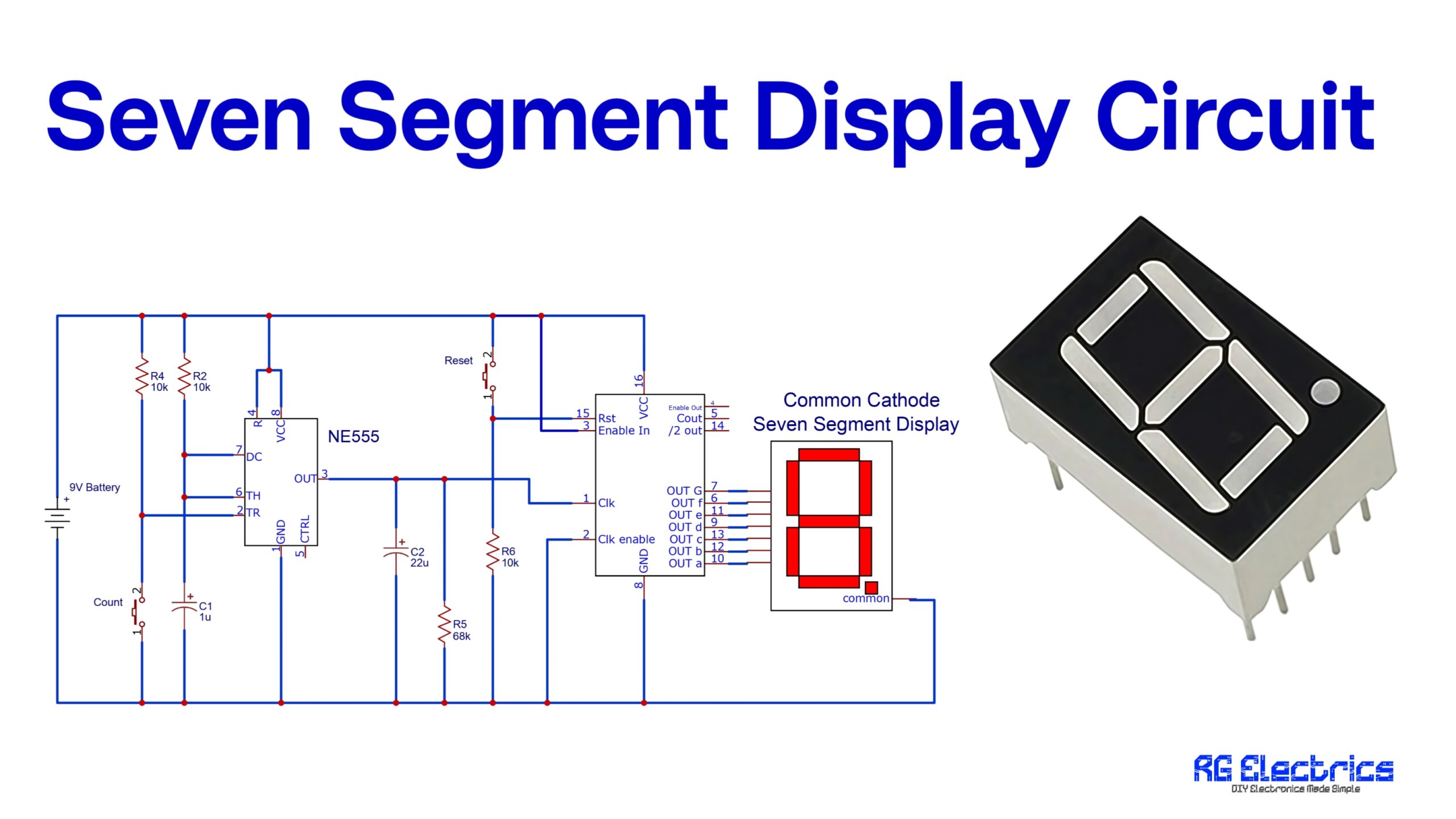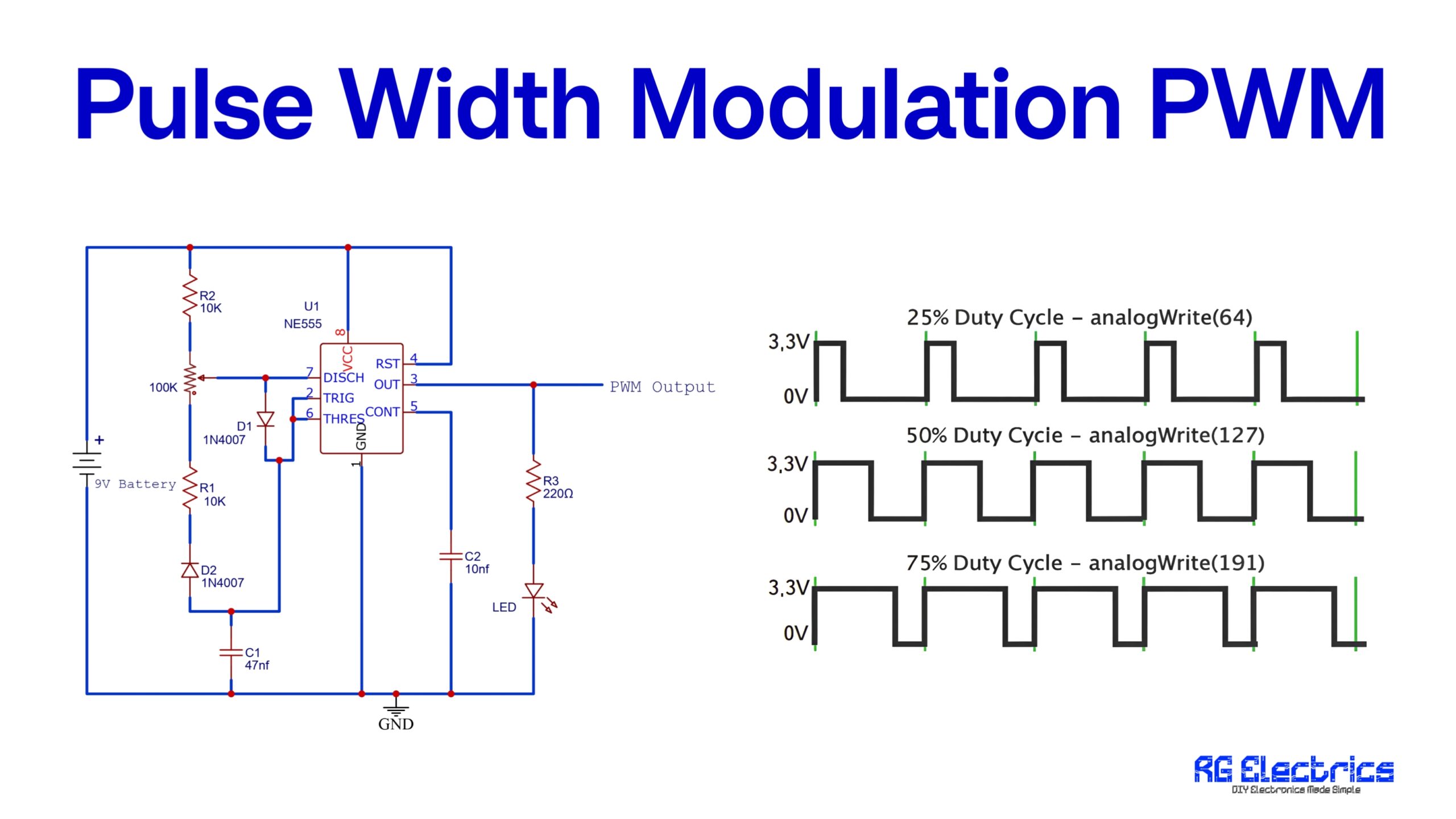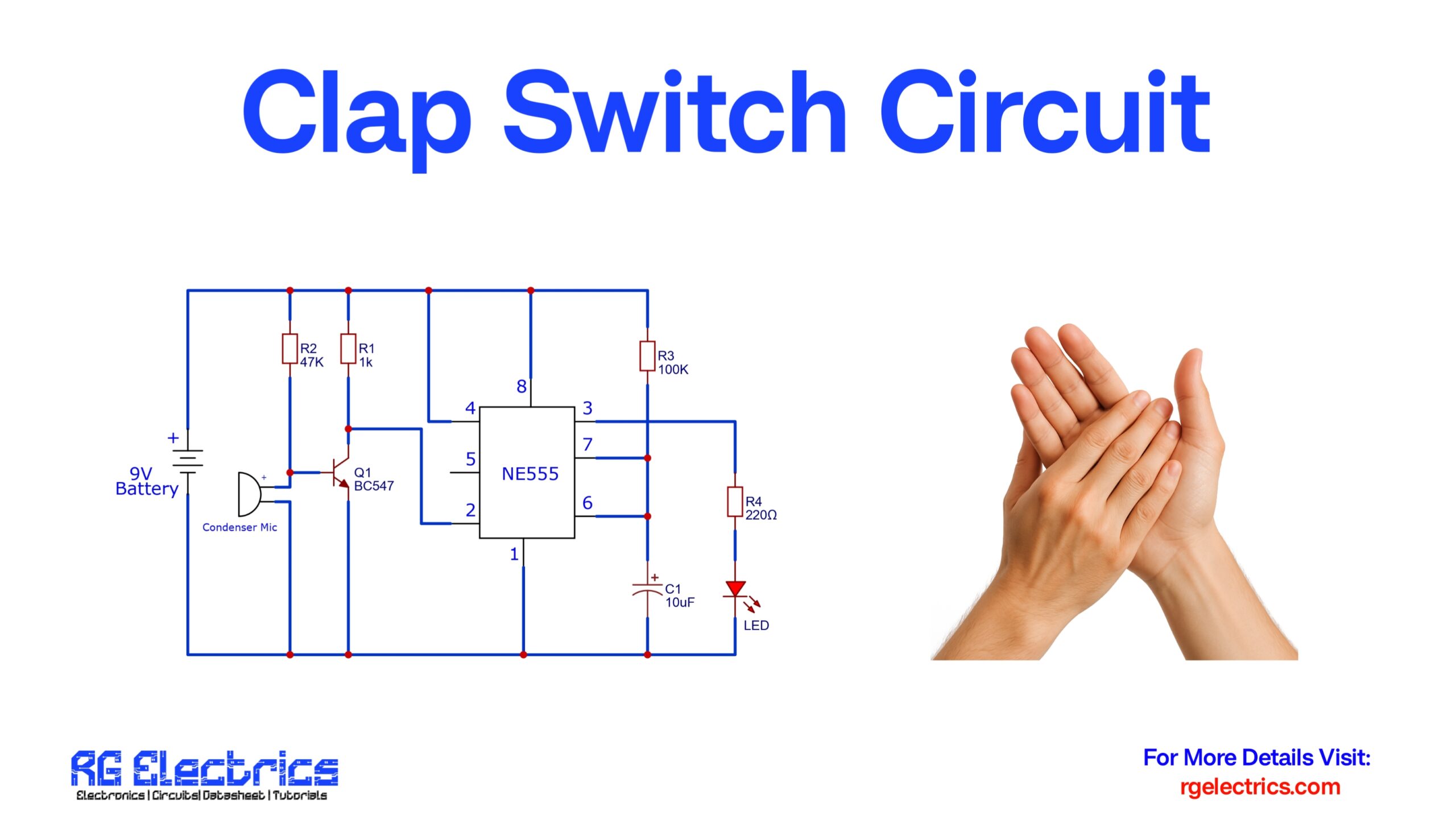Table of Contents
Introduction
Voltage conversion is a crucial aspect of electronics, allowing components with different voltage requirements to function properly. Many low-power electronic components, such as LEDs and microcontrollers, operate at voltages lower than standard power supplies. This article discusses a simple 5V to 1.3V converter circuit, which is useful for powering low-voltage components efficiently.
Circuit Components
| S.No | Component Name | Value | Quantity |
|---|---|---|---|
| 1 | Resistor | 2.2KΩ | 1 |
| 2 | Diode | 1N4007 | 1 |
| 3 | LED | – | 1 |
| 4 | Capacitor | 2.2µF | 1 |
| 5 | Power Supply | 5V DC | 1 |
LED Pinout

Circuit Diagram

Circuit Explanation
The circuit operates by reducing the input voltage (5V DC) to a lower output voltage (1.3V DC) using a combination of resistors, diodes, and capacitors. The working principle is as follows:
- Current Limiting Resistor:
- The 2.2KΩ resistor limits the current flowing into the circuit, ensuring that the LED and diode function correctly without excessive power dissipation.
- Voltage Dropping Diode (1N4007):
- The 1N4007 diode plays a crucial role in reducing the voltage. It has a forward voltage drop of approximately 0.7V, which helps regulate the output voltage.
- LED Functionality:
- The LED in the circuit serves as an indicator, showing when the circuit is operational.
- Capacitor for Smoothing:
- The 2.2µF capacitor filters any fluctuations in voltage, providing a stable 1.3V output.
Applications
- Powering low-voltage LEDs.
- Providing a regulated low-voltage supply for microcontrollers.
- Small battery-operated circuits.
This simple yet effective voltage converter circuit is an excellent choice for DIY electronics projects that require a stable 1.3V power source from a standard 5V supply. With minimal components, it ensures efficiency and reliability in low-power applications.








